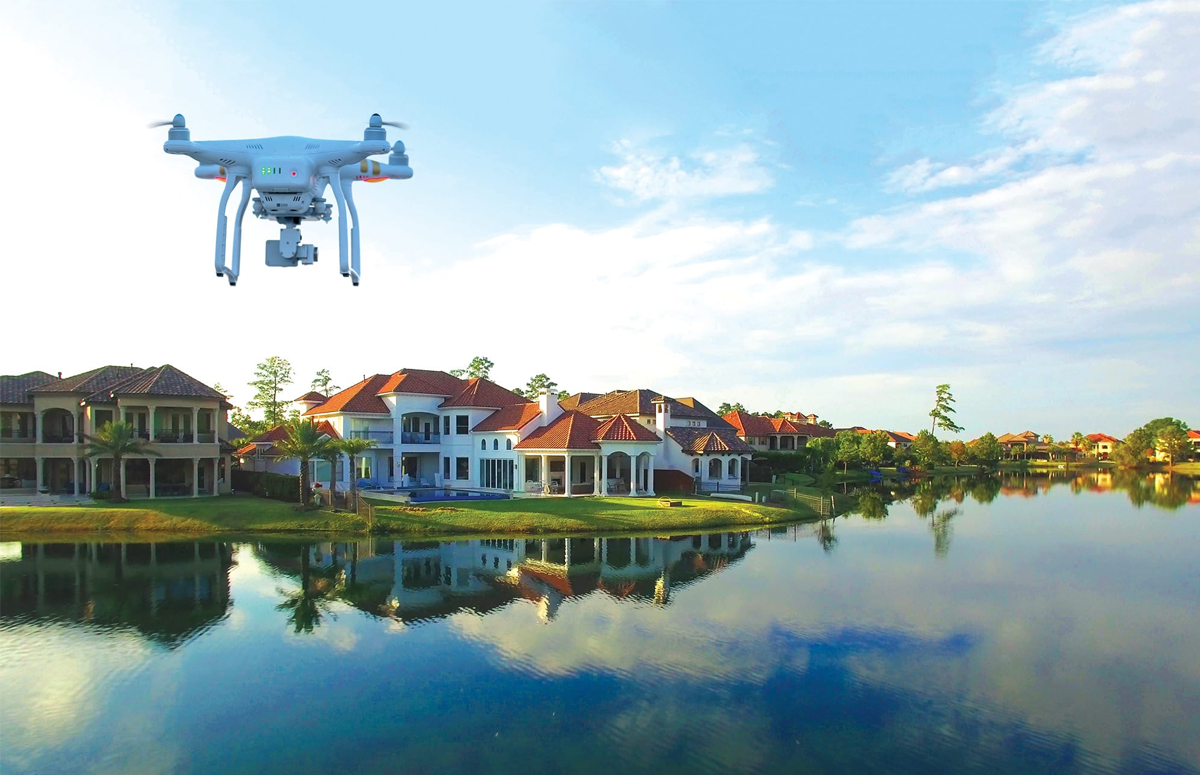Drone Surveillance in Homeowners Insurance Spurs Regulatory and Privacy Concerns
Drones and Homeowners Insurance: Innovation or Invasion?
A Growing Trend in Risk Assessment
Homeowners insurance companies across the U.S. are increasingly turning to drones to assess property conditions and underwriting risks. By capturing high-resolution aerial images, drones can spot issues such as roof damage, overhanging tree limbs, or even signs of mold growth—without ever sending an inspector to the property.
“Drone imagery gives insurers the ability to identify hazards in a matter of minutes, instead of days.”
— Insurtech Executive
Industry leaders argue this technology is revolutionizing efficiency, making inspections faster, safer, and more precise.
Policyholders Push Back
While positioned as a non-intrusive and cost-effective inspection tool, drone use has sparked frustration and anxiety among homeowners. Some have reported receiving cancellation notices or non-renewal threats after drones flagged potential hazards. Privacy concerns are now fueling consumer backlash, particularly as many policyholders say they weren’t notified before drones were deployed.
Legislative and Regulatory Response
State lawmakers are beginning to weigh in. In Massachusetts, proposed legislation would require insurers to disclose when drone imagery is used, provide details on when the images were captured, and offer a formal appeals process for homeowners disputing findings.
“Consumers deserve to know when and how their property is being photographed. Transparency and accountability need to catch up with technology.”
— Massachusetts Legislator
Industry Defense
Insurers maintain that drone use is both legal and aligned with existing inspection rights under property insurance contracts. They emphasize that drones do not trespass or capture interior imagery without permission, and industry groups argue the technology is vital in ensuring carriers can continue offering coverage in high-risk markets.
Looking Ahead: Satellites and Beyond
Experts predict that by 2030, satellite technology may further enhance insurers’ ability to monitor property conditions, increasing the frequency and detail of surveillance. This could raise additional regulatory and consumer concerns around data use, fairness, and privacy.
What It Means for Agents and Policyholders
For insurance agents and agency owners, this trend presents both challenges and opportunities. Agents may face more questions from clients worried about privacy or policy cancellations, but they also have an opportunity to step in as trusted advisors.
“This is where we earn our clients’ trust. By explaining how drone assessments work, what rights homeowners have, and how to proactively maintain their properties, we can help families feel protected—not targeted.”
— Independent Agency Owner, Ohio
The Balancing Act
Ultimately, the rise of drone surveillance underscores a growing tension between innovation and consumer rights. Accurate risk evaluation remains critical for insurers, but maintaining trust through transparency and fairness will be just as important.
As the industry embraces new technology, the balance between protecting insurers’ interests and safeguarding homeowner rights will shape the future of property underwriting.


